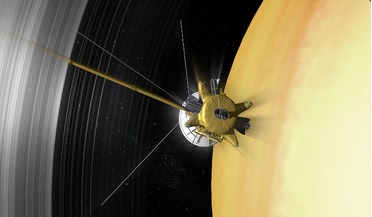 03 January 2017
What did 2016 do for us?
03 January 2017
What did 2016 do for us?
... in astronomy and physics - the detection of gravitational waves – ripples in the fabric of spacetime first predicted by Albert Einstein over a century ago. Scientists also discovered the nearest exoplanet to us orbiting our nearest star, Proxima...
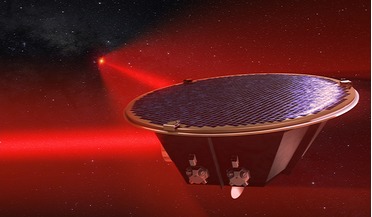 21 June 2017
LISA gets green light from ESA
21 June 2017
LISA gets green light from ESA
... by celestial objects with very strong gravity, such as pairs of merging black holes; a phenomena that was hypothesised by Albert Einstein a century ago. ESA also announced in the same meeting that its PLAnetary Transits and Oscillations of stars...
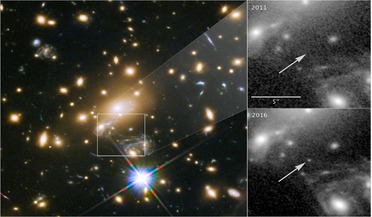 03 April 2018
Astronomers unexpectedly find the most distant star ever discovered
03 April 2018
Astronomers unexpectedly find the most distant star ever discovered
... any light rays passing close by to be bent and refocused somewhere else. The process was first predicted by Albert Einstein and is now used to find some of the most distant objects in the Universe. For the newly lensed...
... science.” Among the assortment of new constellations are the time-travelling TARDIS from “Doctor Who,” Godzilla, Albert Einstein, the original flagship from “Star Trek: The Original Series,” the U.S.S. Enterprise and yes, the Hulk...
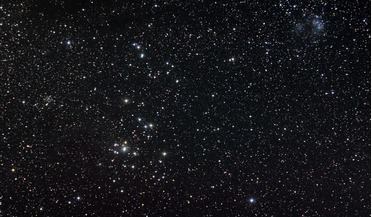 30 November 2018
All of the starlight ever produced calculated by scientists
30 November 2018
All of the starlight ever produced calculated by scientists
..., that when they collide with light of the right frequency they can convert into matter through Albert Einstein's famous equation E=mc2. When gamma rays collide with the cosmic fog, they leave an observable imprint...
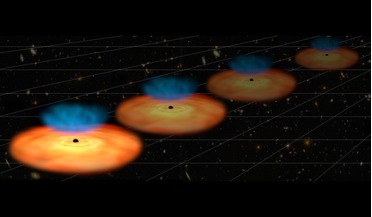 30 January 2019
New physics needed to explain early expansion of the Universe
30 January 2019
New physics needed to explain early expansion of the Universe
... with a big bang, scientists use a model known as lambda CDM (or ΛCDM). The symbol for Lambda Λ refers to Albert Einstein’s cosmological constant which describes the energy density of space – a characteristic that we now associate with dark energy...